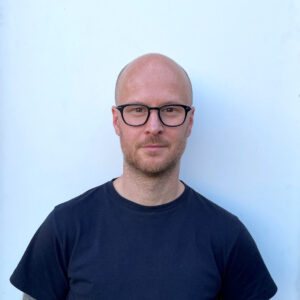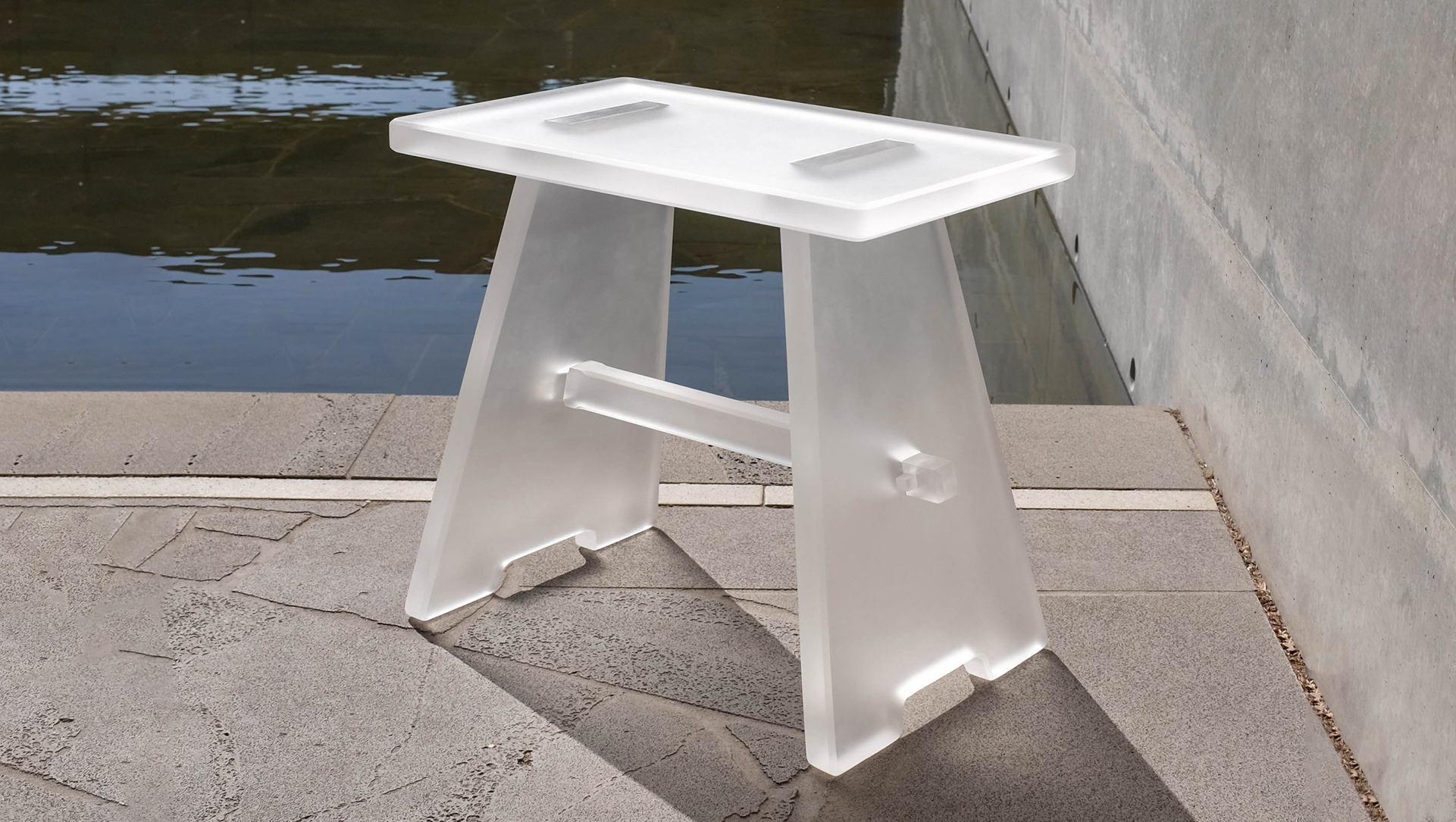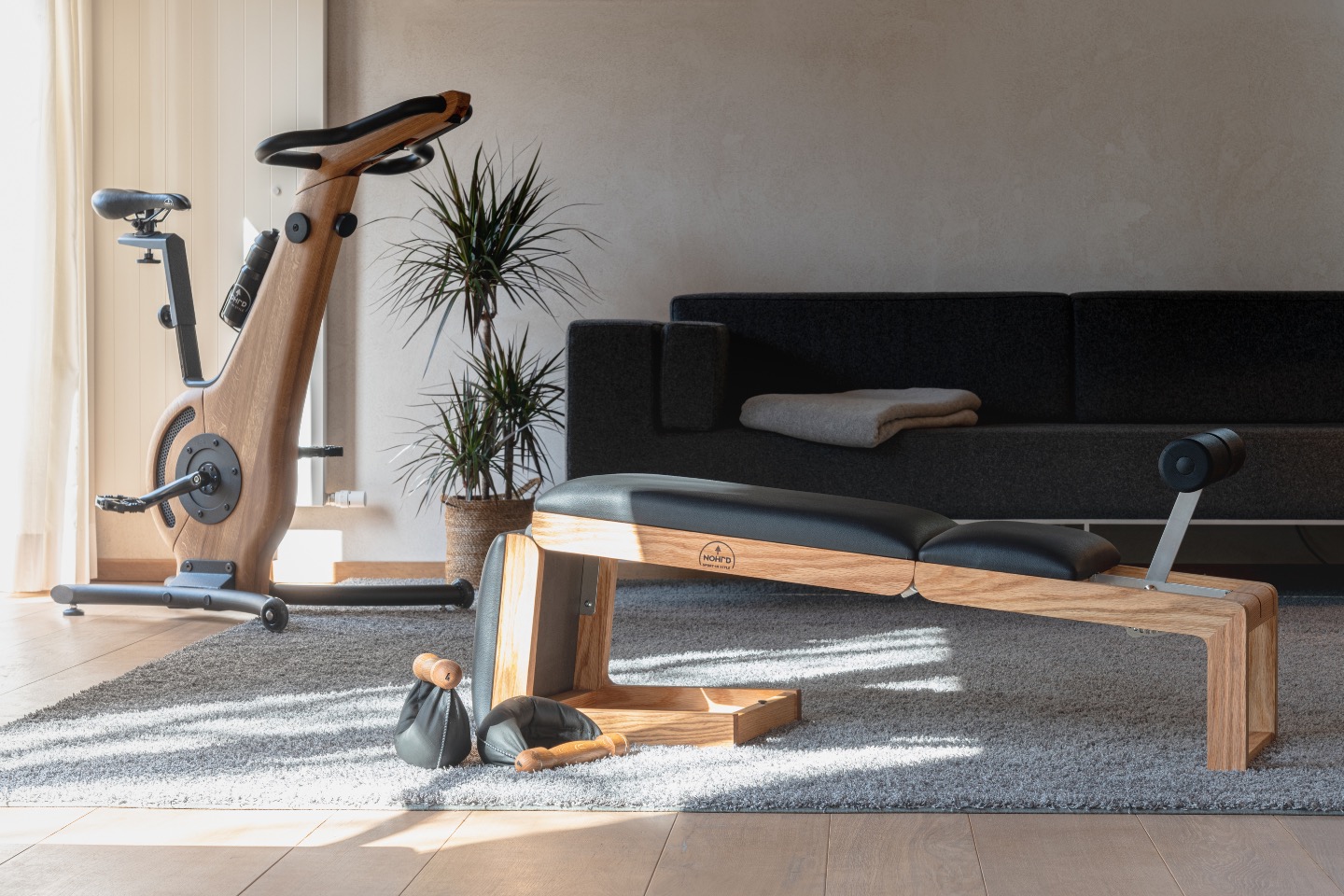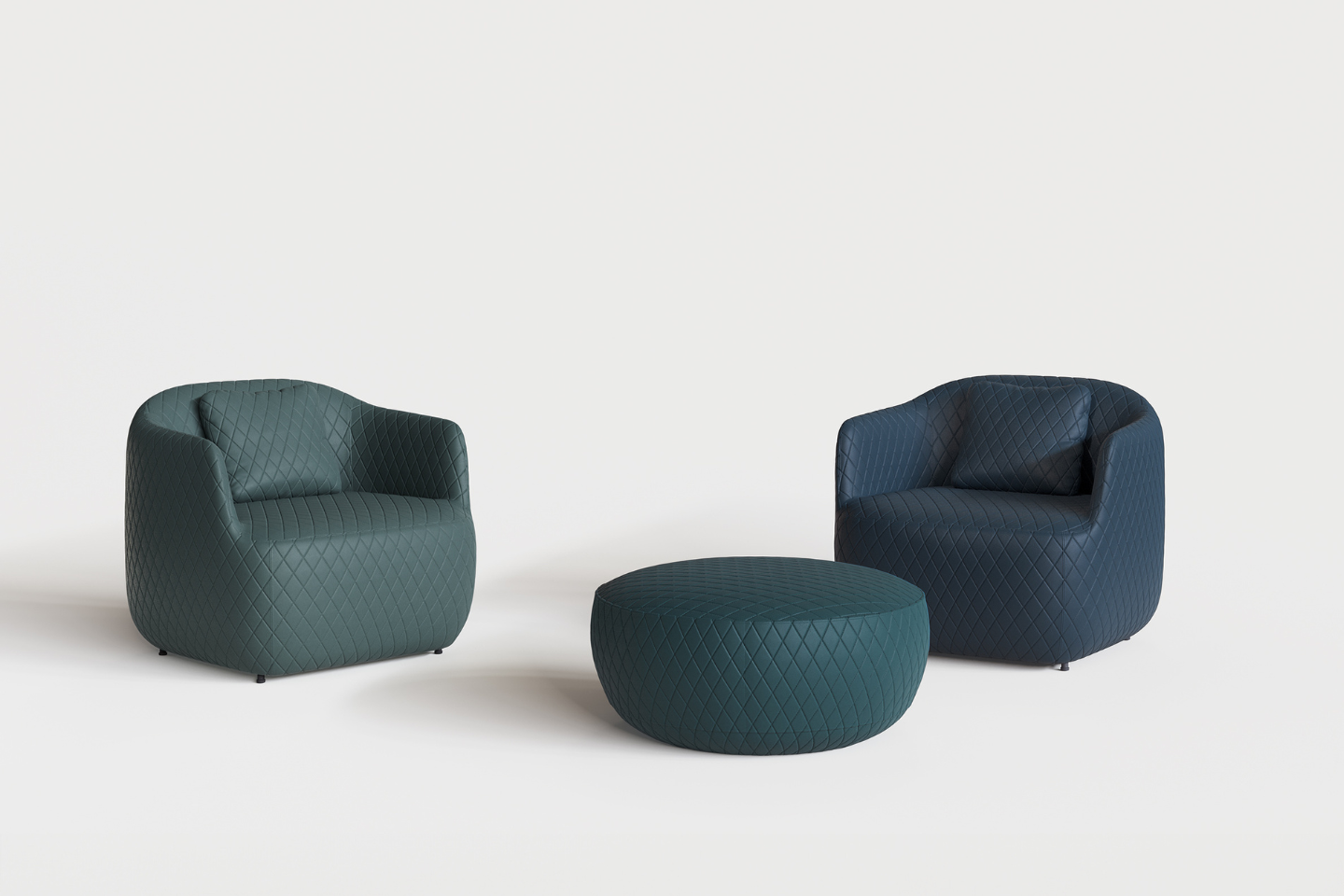 Furniture designer Marty Whittle was awarded Highly Commended in the Sustainability category at this year’s Australia’s Next Top Designers for Casper, a thoughtful reinterpretation of the classic Japanese stool made from repurposed acrylic off-cuts. Balancing traditional craftsmanship with cutting-edge techniques like 5-axis waterjet cutting, Marty’s work reflects a deep commitment to design that is functional, emotionally resonant and environmentally responsible.
Furniture designer Marty Whittle was awarded Highly Commended in the Sustainability category at this year’s Australia’s Next Top Designers for Casper, a thoughtful reinterpretation of the classic Japanese stool made from repurposed acrylic off-cuts. Balancing traditional craftsmanship with cutting-edge techniques like 5-axis waterjet cutting, Marty’s work reflects a deep commitment to design that is functional, emotionally resonant and environmentally responsible.
In this Q&A, Marty shares the inspiration behind Casper, his approach to sustainable making, and his plans for building Whittle Design into a studio defined by purpose and possibility.
Can you tell us what inspired you to reinterpret the classic Japanese stool through your design, Casper?
I have visited Japan several times and have had some training in Japanese joinery. I have always been captivated by the simplicity and durability of their traditional stool-making techniques. This admiration sparked a thought: “What if I could reimagine this classic design?” My goal was to create something that retained the aesthetic appeal, functionality, and practicality of the original, while introducing a fresh, modern twist. The challenge was set, and the seed was planted.
Can you share more about the material story behind Casper and how the dairy industry off-cuts shaped the project?
During my research into materials, I visited an acrylic manufacturer. In discussions with them, I discovered that they had numerous off-cut pieces of acrylic from larger projects that were destined for landfill. It was then that I realised how I potentially could create something unique while also achieving a sustainable outcome. Sustainability is one of the key principles to my vision as a designer/maker.
Casper blends traditional influence with modern manufacturing – how did technologies like 5-axis water jet cutting enable you to push the design further?
During my search for a reliable method to fabricate the 25mm acrylic into a stool, I discovered 5-axis waterjet cutting. The company I consulted had never tried cutting acrylic for furniture before but were willing to give it a shot. Many of the cuts needed to be at specific angles so that the stool could be assembled without the need for glue or screws. Although there was quite a bit of trial and error to get this right (and a lot more sanding than I had ever thought possible), 5-axis machining proved to be a worthy and helpful tool.
What was it like showcasing your work at Design Show Australia and being part of the Australia’s Next Top Designers program?
Design Show Australia was a fun exhibition to be a part of. Connecting with other like-minded designers and learning about their design techniques and methods was incredibly inspiring. It was also fascinating to see what the wider industry is doing at the show. Many of the stands I visited were exciting and informative, sparking new ideas for my future designs. The Australia’s Next Top Designers program provided excellent exposure for me as a new designer, and I was pleasantly surprised by the number of people who visited my socials.
What’s next for you?
I feel that I’ve found my professional and creative calling as a furniture designer. I’m eager to start my own business, even though I know the journey will be slow and challenging. Currently, I’ve set up a small workshop that I visit 1-2 days a week, and my goal is to start selling my products and eventually move to full-time self-employment once Whittle Design becomes the success I’m aiming for.
Find out more about Marty Whittle and Whittle Design here.
Be sure to check out all the 2025 shortlists to see the incredible talent from this year’s competition! Australia’s Next Top Designers Award will return to Sydney in 2026.




